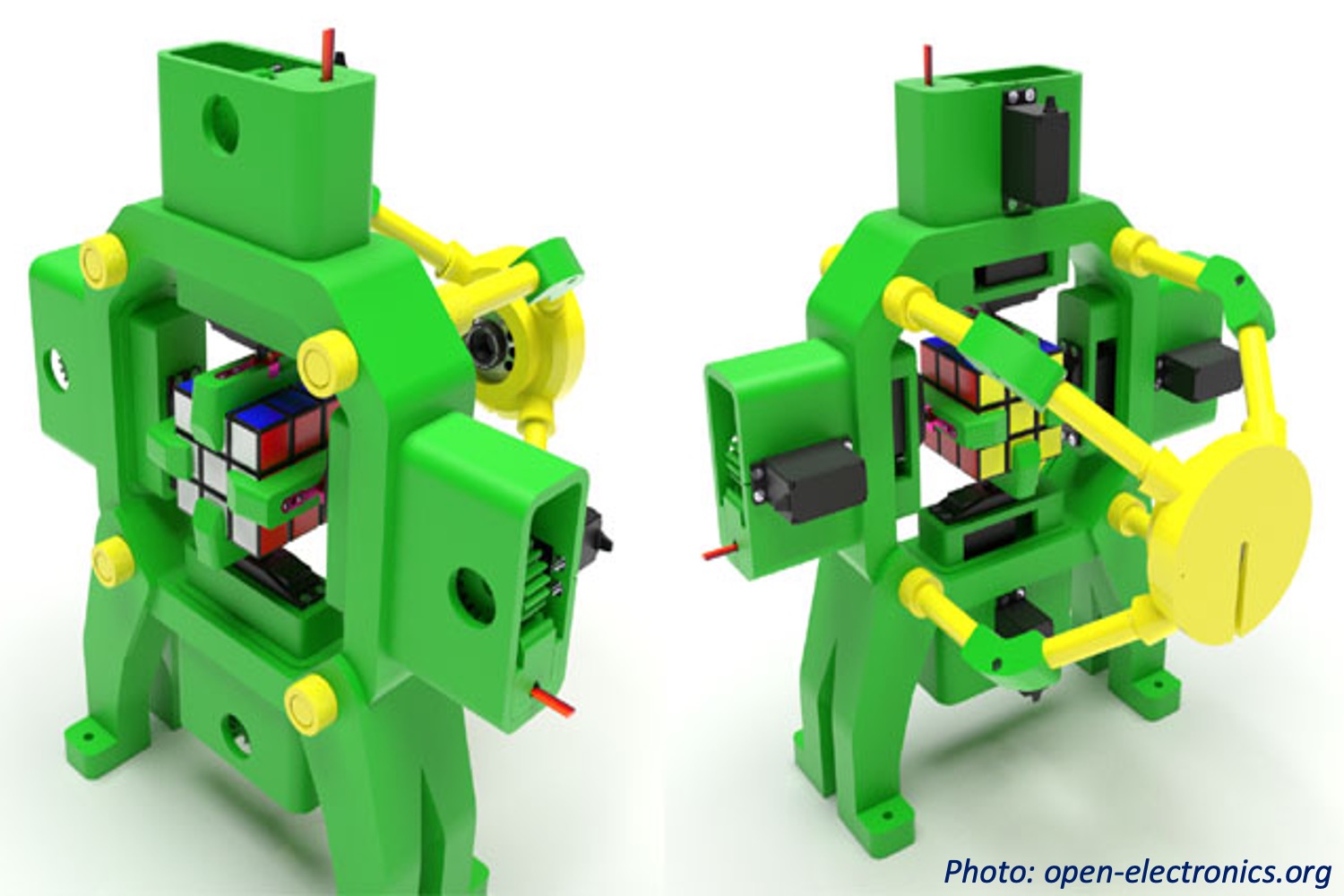The Rubik’s cube is a simple toy. Each flat side, or “face,” has 9 squares of a certain color, and you twist and turn the layers to make every side all one color again. There are 43 QUINTILLION different positions for all those squares (that’s 10 x 10 x 10…until you have 19 10s). People have solved the cube in a world record 3.47 seconds, but robots can solve it even faster: in less than half a second! Let’s see if that bot can paint our room, too.
Wee ones: If the cube has blue, green, white, orange, red and yellow faces, how many colors is that?
Little kids: If the robot turns the top layer, then the left layer, then the right layer, then starts over with the top layer to repeat, which layer does it turn on the 8th move? Bonus: If a scrambled Rubik’s cube has 2 red squares and 2 yellow squares on a 9-square face, how many squares on that face are not red or yellow?
Big kids: If you turn the top layer right, then turn the right layer back, then repeat those 2 moves over and over, you’ll scramble the cube in 32 moves, then start solving it in the same number of moves again! How many moves is that in total? Bonus: If you take 8 times as long to solve the cube as a slower 5-second robot, how long do you take?
The sky’s the limit: If only 7 of the 9 squares facing you are the same color, how many different ways could the last 2 squares be colored?
Answers:
Wee ones: 6 colors.
Little kids: The left, since you would have done the right on 3 and 6. Bonus: 5 squares, because 9 – 2 – 2 = 5.
Big kids: 64 moves. Bonus: 40 seconds.
The sky’s the limit: 25 possibilities. There are 5 colors to choose from, so for each of the 5 choices for the first square, you can put any of the 5 colors in the 2nd spot. So you get 5 sets of 5 choices, or 5 x 5 = 25.



